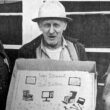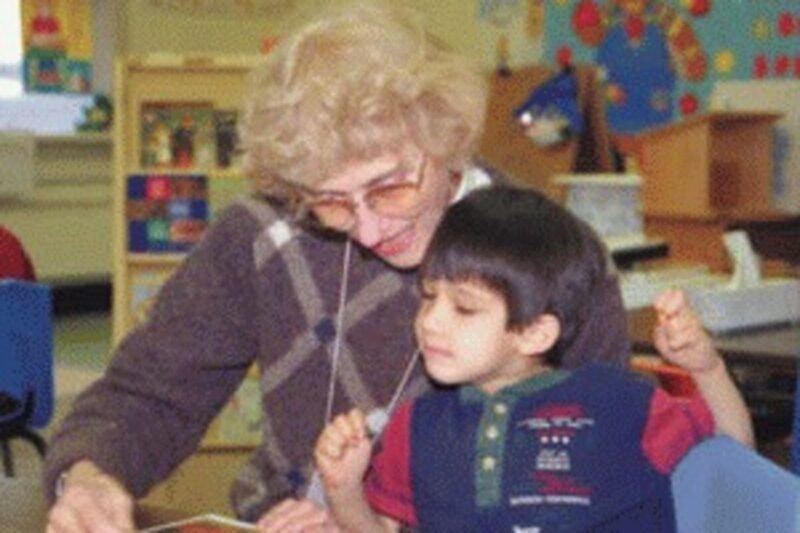Alex Paul
The youngster rushes to the open arms of volunteer Chris Sherman.
They open a book together and soon they are enmeshed in a make-believe world.
The scene is repeated throughout the room at Pleasant Valley school, as volunteers with SMART (Start Making a Reader Today) meet one-on-one with students.
The goal: spend one-half hour each week with at least two students reading to them or being read to.
Locally the SMART program is coordinated by Stacy Koehne at Pleasant Valley and Hawthorne Schools. Kristi Fosback coordinates the Holley school program.
“My mother-in-law coordinated the program last year. I had worked in Albany the last five years and wanted to work closer to home,” Koehne said.
The difference in student reading skills is quickly apparent after volunteers begin working with them, Koehne said.
Currently, Koehne said, there are 46 volunteers at Hawthorne and Pleasant Valley schools.
“It takes some patience,” Koehne said of what’s needed to be a successful SMART volunteer. “That’s especially true at Pleasant Valley kindergarten because all of the kids are pre-readers.”
Through SMART and donations from the community, youngsters are given books each month to take home.
“I can definitely see success in the kids,” Koehne said. “That’s especially true in terms of social skills and their reading skills improve, too.”
In a statewide survey, 127 first grade students from six Oregon urban schools participated in a volunteer-student reading program. By the end of the second grade, those students were reading an average 61.5 words per minute compared to 45 words per minute for students who were not in the program.
Koehne said teachers at each of the schools are asked to identify 25% of their classroom students who need to improve on their reading skills.
“In less than two months, we can see progress,” Koehne said. “It takes a while for the kids to develop a relationship with the volunteers. The kindergarten kids are especially shy.
More volunteers are needed, Koehne said.
“We could easily use another 15 volunteers at Hawthorne and five more at Pleasant Valley,” Koehne said.
Koehne said the individual attention each of the youngsters receives is also valuable in building their self-esteem.
“I love little kids,” volunteer Verna Schwab said. “I like to hear them read. They enjoy it and enjoy being read to.”
Chris Sherman is in her second year as a volunteer and said she brought other volunteers from the Meals on Wheels program into SMART because it’s such a satisfying program.
Olive Wallace is a retired teacher who says the program “makes a big difference” in the youngsters.
Lee Wallace says SMART “helps build confidence, when they see they can read.”
SMART is funded in part by the Oregon Children’s Foundation. Its target is children in kindergarten through third grades in low-income communities. The Oregon Children’s Foundation was formed in March 1991 by former Governor Neil Goldschmidt. He remains an ardent SMART supporter.
Statistically, SMART notes that one out of four kindergartners will enter an Oregon elementary school two or more years behind in langauge development. Youngsters who fail to read by the third grade increases the chances that a student will drop out of high school, deal with an early pregnancy or use drugs.
Persons who would like to learn more about SMART can contact Mrs. Koehne at 367-7103 or 367-7167.
SMART points…
– Students strengthen their literacy skills and form consistant relationships with caring adults.
– Reading attitudes improve at school and at home.
– Students come to school more often.
– Volunteers return to work more productive, feeling positive about their participation in SMART.
– Communities and families work together to develop a generation of more confident, educated children.





